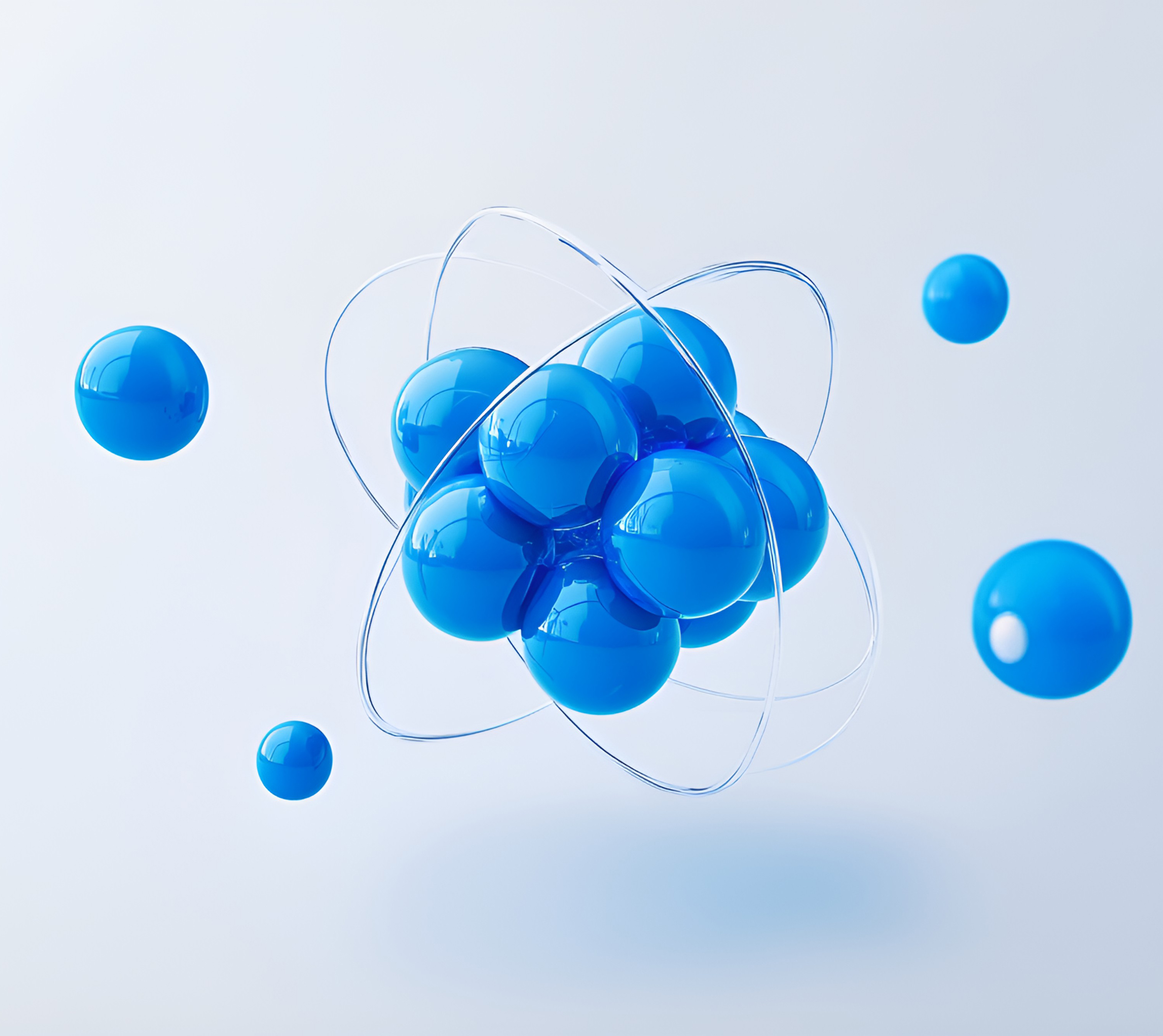Transforming Cancer Diagnosis Through Radiopharmaceutical Innovation
Conventional imaging modalities—such as ultrasound, X-ray, CT, and MRI—rely primarily on differences in tissue density to identify abnormal lesions, inferring the presence of tumors based on areas with abnormal density. However, these methods face limitations in detecting early-stage lesions, achieving specificity, and visualizing small or diffuse tumor sites.
In contrast, diagnostic radiopharmaceuticals bind specifically to tumor-associated targets, such as molecular biomarkers, enabling precise identification of cancer cells without nonspecific binding to normal tissues. The radioactive signals emitted by these agents can be visualized through PET/CT or SPECT/CT, allowing truly tumor-specific imaging.
With continuous advancements in radiopharmaceutical technology, molecularly targeted imaging methods are expected to become an important complement in the diagnosis of diseases such as prostate cancer, driving the optimization of clinical guidelines and helping to usher in a new era of molecular imaging–guided diagnosis and treatment.

 Novel Radionuclide TherapyNext-generation α-nuclide therapies utilizing innovative isotopes such as 161Tb and 225Ac for precise tumor targeting.
Novel Radionuclide TherapyNext-generation α-nuclide therapies utilizing innovative isotopes such as 161Tb and 225Ac for precise tumor targeting. Theranostic RadiopharmaceuticalsIntegrated theranostic drugs based on a single precursor structure, enabling seamless diagnosis and treatment.
Theranostic RadiopharmaceuticalsIntegrated theranostic drugs based on a single precursor structure, enabling seamless diagnosis and treatment. Nuclear Medicine Automation TechnologySmart automation equipment replaces manual operations, optimizing radiopharmaceutical production processes.
Nuclear Medicine Automation TechnologySmart automation equipment replaces manual operations, optimizing radiopharmaceutical production processes. Engineering Technical ServicesCustomized engineering solutions for enterprise production facilities and hospital radiopharmacies.
Engineering Technical ServicesCustomized engineering solutions for enterprise production facilities and hospital radiopharmacies.



